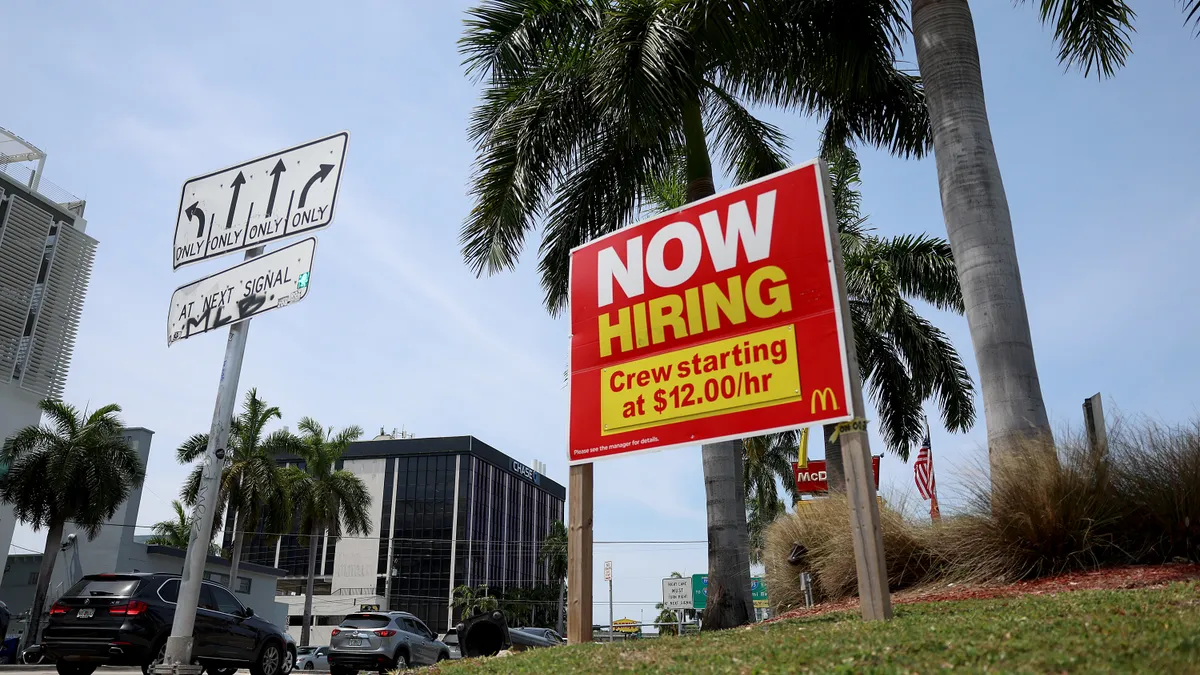The following is a contributed article from Mark Betesh, CEO of Visual Lease.
Since the start of this year, public companies have been deep into transitioning their accounting practices to meet the new lease accounting standards issued by the Financial Accounting Standards Board (FASB) three years ago.
Under the change, operating leases have to be disclosed on your company balance sheet, both as an asset and a liability, the same way you treat capital leases. That marks a sea change from the way you traditionally show operating leases: as expenses on your income statement and in the footnotes of your financials.
FASB and the International Accounting Standards Board (IASB) adopted the new standards after it became clear in the early 2000s that more transparency was needed to help investors and regulators know how much liability a company had beyond what was shown on its balance sheet. Without full disclosure of these obligations, companies can look healthier than they actually are, and only people with the accounting chops to identify and quantify them can get a complete picture of a company's financial health.
For the past two years, CFOs of public companies have been living through adoption of the new standards, which required disclosures starting Jan. 1 of this year. Financial professionals with these companies have been scrambling to meet their reporting requirements.
Private companies and nonprofits have until 2020 to comply (possibly 2021 under a newly proposed extension). However, given the amount of work that has to be done, the time to start is now. Public companies have vast resources and still are having trouble getting all of the work done.
Here's a quick overview of this project, but remember that the rules are 200+ pages long and require numerous decisions and calculations.
To accurately report your leases in your financial statements, you first have to catalog and physically locate the leases themselves. This can be one of your biggest challenges, as it's not unusual for a midsize company to have hundreds and even thousands of real estate and equipment leases sitting in file drawers for years. Big companies can have tens of thousands of them scattered around the organization.
You also have to capture service contracts for copiers, data centers and other assets that contain financial arrangements that make them "leases" for purposes of the rules. For example, a three-year copier service contract that gives you a machine plus regular maintenance visits by technicians, toner supplies and on-call servicing contains a lease that has to be reported. Similarly, a data storage service agreement in which you control servers residing in a data center could have a lease embedded in it.
Second, whether it's a regular or embedded lease, you need to identify and collect all of the relevant documents that make up the transaction, including amendments, supplemental letter agreements and notices that affect its terms. This is the most obvious but can be most challenging. Lease files often are missing amendments or have other documentation failures.
Third, you have to extract the specific data needed for your lease accounting calculations. If you have a lease management system, you need to enter the data into that system (the vendor should provide you with the relevant fields to extract). If you do not have a system, you need to determine the data elements and find a place to store them. Depending on the number of contracts you have in file drawers throughout your offices, it can take months and thousands of staff hours to collect and go through them. There are lease abstracting services available in the market for this (we provide this, as well).
Finally, you need to calculate the right-of-use (ROU) and liability values needed for your financial statements. If you have a lease management system, it should do this for you. If not, you need to develop the formulas and values needed for your disclosures. This is quite complex, as it requires year-by-year comparisons of finance vs. operating term lease expenses, short-term lease expense, variable expense components, gains and losses on sale-leasebacks, weighted average remaining lease terms and discount rates, maturity analyses and much more.
Whether you do all of this manually or use a system built for that purpose, you have to start this project soon. As we have seen with the public companies, this will take much longer than you can imagine, and you'll find yourself staring down the barrel of the deadline before you know it. Learn from the public company experience: proceed deliberately but swiftly, and be ready when your first reporting deadline arrives.
Although this undoubtedly will be a significant project for the real estate, asset and finance teams within your organization, one of the key side benefits will be that when you're done, you'll be much better positioned to manage your leases. Certainly from a strategic standpoint, you're able to make better decisions about them going forward. You'll have all of your documents in one place, know what they say and be able to control your obligations. You'll stay ahead of options and deadlines. You'll be able to trend and manage your costs. You'll be better able to decide whether you should lease or buy, or whether you should extend the service contract for that copier or just buy it and pay for maintenance separately.
Marc Betesh is founder and CEO of Visual Lease, a lease accounting software solutions company. He can be reached at [email protected].




















